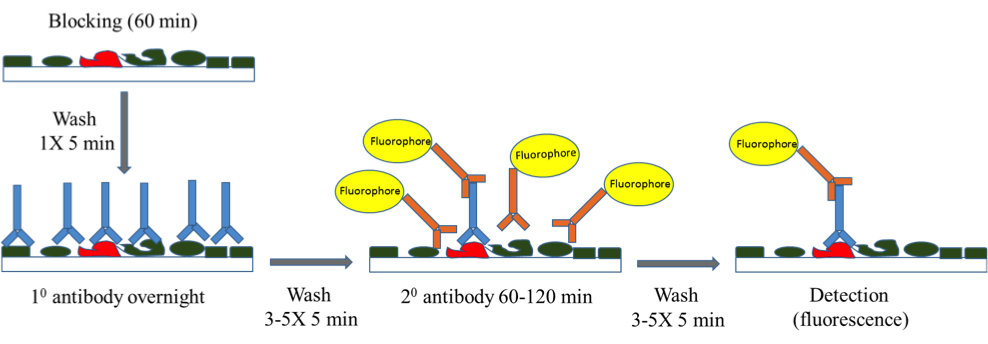
G) Alternatively for longer term storage up to 3 months, air dry the membrane at room temperature for 30 min. The membrane is now ready to use for processing with block and antibody reagents (see western blot processing page for this technique or refer to the western blot processor manual(Cat.# WBM01) for an automated procedure. Use a mini roller provided by the electroblotter company to roll across the sandwich after the second filter paper is added, this removes bubbles that would distort band transfer.Į) Transfer the protein to a PVDF membrane for 60 min at 75 V, or 45 min for small proteins, or for proteins larger than 100 kDal refer to the large protein transfer protocol.į) After electro-transfer, wash the membrane for 1 min with TBS with constant 60-120 rpm agitation.The PVDF membrane should be dipped once in transfer buffer for 2-3 seconds prior to placing on top of the gel.All components should be initially soaked in buffer, usually there is a tray provided by the electroblotter manufacturer for this purpose.From negative to positive electrodes it will be coarse filter/support > filter paper > gel > PVDF membrane > filter paper > coarse filter/support, place in assembly and into electroblotting chamber. We recommend running 20 μg of TSA-treated cell lysate as a control.ī) Carefully remove the gel from the pre-cast assembly and equilibrate the gel in transfer buffer with constant agitation 60-120 rpm for 15 min at room temperature.Ĭ) Prepare PVDF membrane by cutting to gel size and placing in 20 ml of 100% methanol.ĭ) Assemble the blotting sandwich with coarse plastic filter supports provided by the electroblotter manufacturer. Standard liquid based polyacrylamide gel transfer system from Biorad or GE Healthcare or other supplier (we have found most mini-gel blotting apparatus works well, but you should avoid rapid dry blotting equipment as these are difficult to optimize and have in general high backgrounds).Ī) Prepare samples in 1x SDS-loading buffer and run on a 4-20% mini-gel with molecular weight markers and control sample. Gel sized Whatman 3M filter paper (two pieces).PVDF membrane, 0.2 micrometer pore size, from EMD Millipore.Make the solution fresh in a clean 1L bottle as the glycine is easily polymerized if left for a few weeks in a re-used bottle which leaves broad bands on the gel/blot. Transfer buffer, One liter of 25 mM Tris Base (3.0 g/l), 195 mM glycine (14.4 g/l), and 15% (v/v) methanol, pH should be 8.30 after dissolving Tris base and glycine in 835 ml nanopure water.A great control sample would be a recombinant over-expressed protein from E.coli or higher eukaryote cell culture. This can be accomplished by the second recommendation, 2) a simple equilibrating step of the gel in transfer buffer for 10 min with agitation, prior to assembling the transfer setup. Two general preliminary guidelines are useful for setting the foundation for successful western blots these are 1) SDS must be removed from the separating gel prior to transfer of proteins that are less than 100 kDal, failing to do this will allow the protein to pass straight through the membrane because its charge has been modified to a higher pI than the pH of the buffer by the sulphate groups of SDS.

The standard conditions in the western blot protocol described below will be sufficient for efficient transfer and detection by quality antibodies. Over 70% of proteins fall into a typical category when considering western blot protocols. MemGlow™ Plasma Membrane Probes for Bioimaging 11.Small G-protein Activators & Inhibitors 5.GO-Blot - Fully Automated And Programmable Western Blot Processor.New Signal-Seeker™: PTM detection kits, antibodies, and reagents.


 0 kommentar(er)
0 kommentar(er)
